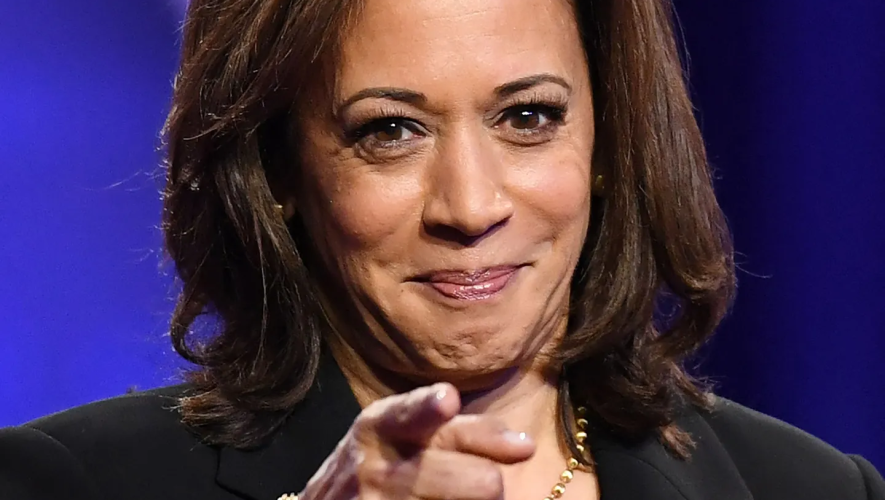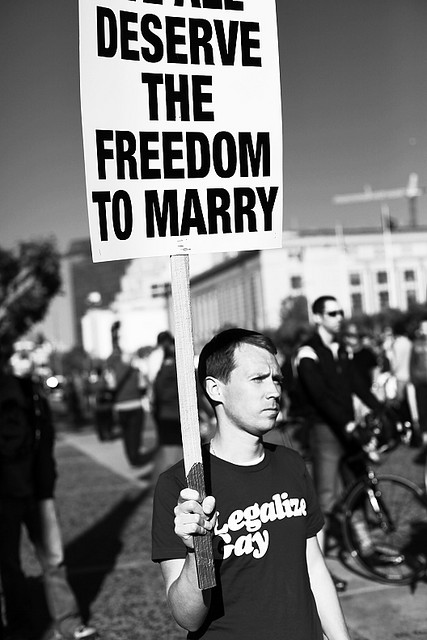Kamala Harris broke countless boundaries as the first woman—and person of Black and Indian heritage—to become vice president of the United States. Her approval ratings, however, do not match the expected enthusiasm for the gravity of her accomplishment.
Almost immediately after her inauguration in January 2021, Harris’s approval ratings began to decline. Five months later, the unfavorable opinions surpassed the favorable ones. As of December 2022, a majority of registered voters, 54 percent, had an unfavorable opinion of her, leaving her with a net rating of minus 15 percentage points.
During this point in their respective terms, the previous four vice presidents, all of whom are white men, had higher net ratings than Harris.
This could be the result of a more politically polarized nation, where it is increasingly difficult for politicians to garner extensive support from voters, but the striking gap between Pence and Harris of 15 percentage points is much wider than the 2.7 percentage point gap between Biden and Pence. This significant difference in approval ratings points to larger differences between the previous vice presidents and Harris that stem beyond politics.
Harris is a woman of color who was born to a Jamaican father and Indian mother. Because of her racial and gender identity, Harris took the title of “first” throughout her career. She is the first woman, Black person, and South Asian person elected to be San Francisco district attorney, California attorney general, and now, vice president.
The media coverage surrounding Harris reflects the novelty of her position. A report generated by TIME’S UP found that 61 percent of the media coverage of Harris mentioned race or gender, compared to just 5 percent of coverage for former vice president Mike Pence. A quarter of this reporting employed sexist and racist stereotypes, such as the “Angry Black Women” trope.
The misogyny and racism that is targeted towards Harris reflects a white and male dominated political system. Harris does not fall into the stereotypes connected with her identity, which harms her image. Whether it is conscious or not, Americans expect Harris to adhere to her stereotypes, and are disappointed when she does not. Thus, Harris seemingly fails to garner support from both the Black community and the Indian American community.
Chitthis vs. Aunties
Indian American comedian Hasan Minhaj voiced his community’s perspective on Harris when he joked on the Tonight Show that Harris “manages to do what every Indian dude wishes they can do: be Black.”
Indian Americans may feel as though Harris appeals to her Black heritage more than her South Asian roots, often dismissing her Indian heritage entirely. Many of the criticisms that voters and mainstream news media launch at Harris involve accusations of either not being “Black enough” or “South Asian enough.”
Indian American voters seem to dislike the obscurity with which she presents her heritage, as some Americans are unaware of her South Asian background entirely. Harris has not yet made any major efforts to appeal towards the Indian American community. Although the Biden-Harris administration held “chai and chat” events and created a South Asians for Biden group, these efforts were not extensively covered in mainstream media.
However, Harris captured the attention of Indian Americans and news media alike when she spoke Tamil during her speech at the Democratic National Convention. While speaking about her family, Harris used the Tamil word “chitthis,” which translates to “aunties.” This moment caught the attention of major news organizations both in the United States and India. Headlines referencing “my chitthis” went viral on social media and caught the attention of Indian American influencers. This expression of Indian identity on a national stage resonated well with the Indian American electorate, as opposed to manufactured, inauthentic appeals.
Although ancestry is an important topic for voters, the 36 percent of Harris’s media coverage that focused on her racial background overshadowed her stance as a politician and her professional achievements. Black voters tend to see beyond Harris’s race and ancestry, and focus on her policies related to police brutality and drug abuse.
The Progressive Prosecutor and Black Lives Matter
Harris grew up in Oakland, California in the 1960s, where a fourth of the total residents were Black, and only 0.3 percent were of Indian descent. Because of the demographics in her hometown, Harris was always perceived as a Black woman. Historically, biracial Americans with Black roots are forced to pick one racial identity over the other instead of identifying as mixed race.
Even though some critics say Harris chose her Black identity, it does not seem as though Black voters have chosen her. “Black candidates make one primary mistake: They assume that they’re going to have the Black vote just because they’re Black,” said Johnnie Cordero, chair of the South Carolina Democratic Black Caucus in an interview with Politico.
Black voters are skeptical of her policy choices, which are often in the center of the political spectrum and tough on crime. Neither Indian American nor Black voters seem fully convinced of Harris’s dedication towards minority groups.
Harris’s past as a prosecutor may contribute to her failure with the Black electorate. In a New York Times opinion piece, law professor Lara Bazelon argues that Harris opposed progressive criminal justice reforms during her time as California attorney general. Even when she held office as the San Francisco district attorney, Harris was known to be tough on crime rather than a reformer.
In 2013, Harris responded to protesters of mass incarceration during a policy talk. She claimed to support their ideas in theory, but stated that fewer jails and more schools would not absolve crime in the city. This video circulated on Twitter and caught the attention of Black activists in 2019.
After George Floyd’s murder in 2020, news media sources increasingly emphasized Biden’s need to choose a Black woman as his running mate. Headlines that came out throughout the month following the murder evoked a similar sentiment. Politico’s “Minneapolis unrest shakes up VP shortlist” and The New York Times’ “A Black Vice President for Biden? More Democrats Are Making the Case” reflect the public push that helped lead to Harris’s appointment.
Black voters hoped that Harris would bring change and address these racial issues, but she was not the activist that the news media asserted a Black female vice president would be.
Top issues amongst the demographic were tackling police brutality, white supremacy, and drug policy, many of which Harris took a regressive stance on earlier in her political career. She did not stray away from traditional Democratic attitudes and place activism at the forefront of her actions, as Black activists wanted her too, nor did she make compelling strides to crack down on social inequity.
During her time as a California senator, however, Harris worked on policies that would uplift the Black community, but these accomplishments did not receive significant media coverage. She introduced the Justice in Policing Act of 2020, which aimed to reform policing and reduce racial discrimination. This action did not gain nearly as much media traction, resulting in a skewed view of Harris’s stance on police reform and mass incarceration. This legislation could not garner enough controversy, nor enough praise, to be recognized as part of her political portfolio.
Nonetheless, the Black activists who hoped her racial identity would shape her politics were disappointed with her lack of growth from previously regressive stances.
Separating the Person from the Politician
A fourth of Harris’s media coverage since her association with Biden was focused on her race and gender together, yet rarely were her racial and gender identities discussed independently from each other. The “Black woman” or “biracial woman” label is distinct from the “woman” label that often asserts an invisible “white” behind it.
This was one of the major issues that contributed to Harris’s unpopularity. Unlike the sexist criticism aimed at Elizabeth Warren and Hillary Clinton during their presidential campaigns, Harris faces intersectional disadvantages, which compounds racism and sexism.
Americans and journalists alike cannot seem to separate Harris from her identity and view her as a politician. A majority of her media coverage focuses on stereotypes of her race and gender, which continues to inform the public’s view of her.
Americans expect Harris to act like a biracial woman, not a politician. Harris’s Black identity does not guarantee activism, and her Indian roots do not guarantee her adherence to religion and Indian culture. Harris should not have to owe any demographic because of her race or gender.
Her biracial identity does not seem to win over either racial group. “Mixed race” does not entail two symmetrical halves, but when news headlines label Harris as a Black and Indian woman, it gives a false perception of equity.
When she makes a genuine attempt at uplifting a demographic, she is criticized for neglecting her other identities. When Harris tries to identify as mixed race, she is criticized for trying to inauthentically appeal to too many demographics. Americans should not blame Harris for this invisible, unsuccessful balancing act.
Despite her negative approval ratings and criticism of her identity, Harris has set an important precedent. She has changed the way America will think about race, gender, and elected officials. Her step into the White House is historic, and paved the way for future minorities and marginalized groups. As Harris said in her acceptance speech in 2020, America is a country of possibilities, and although she is the first of her kind to assume this prestigious role, she will not be the last.



